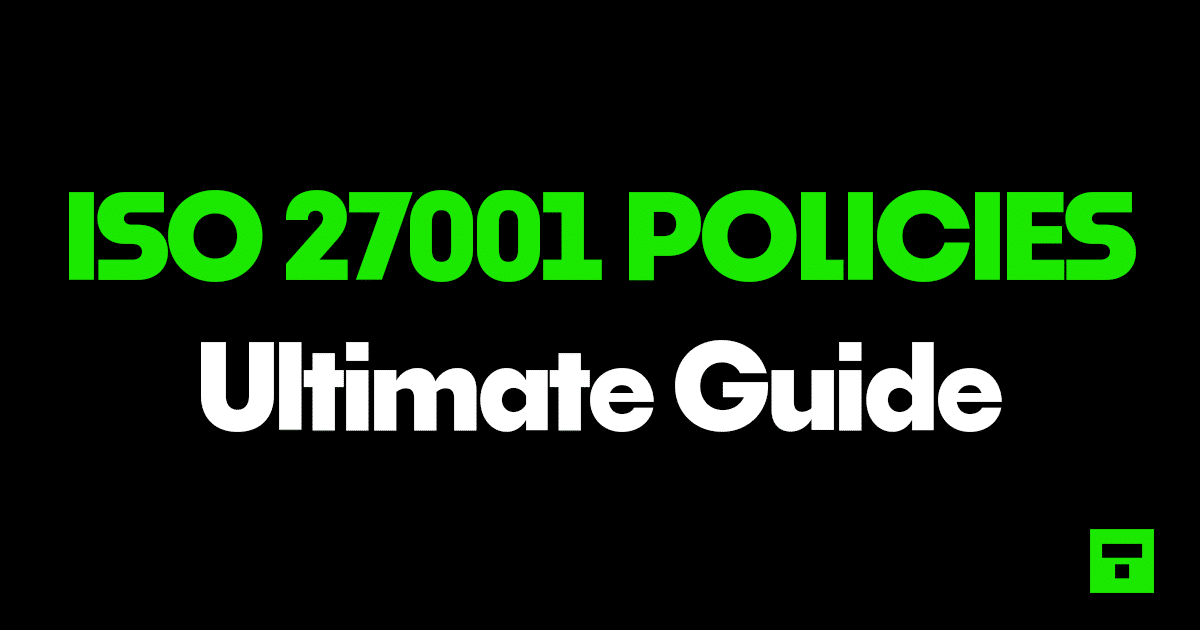ISO 27001 Policies
In this ultimate guide to the ISO 27001 policies we are going to explore what the requirement is for ISO 27001 and the detailed requirements for the new ISO 27002:2022 standard of controls.
We will look at the ISO 27001 Topic Specific Policies that you need for ISO 27001 certification, what they contain and policy templates you can download and start using right now.
I am Stuart Barker the ISO 27001 Ninja and this is the ISO 27001 Policies.
Table of contents
- ISO 27001 Policies
- ISO 27001 Policies Overview
- ISO 27001 Policy Template Toolkit
- All the required ISO 27001 Policies Listed
- Information Security Policy
- Data Protection Policy
- Data Retention Policy
- Access Control Policy
- Asset Management Policy
- Risk Management Policy
- Information Classification and Handling Policy
- Information Security Awareness and Training Policy
- Acceptable Use Policy
- Clear Desk and Clear Screen Policy
- Remote Working Policy
- Business Continuity Policy
- Backup Policy
- Malware and Antivirus Policy
- Change Management Policy
- Third Party Supplier Security Policy
- Continual Improvement Policy
- Logging and Monitoring Policy
- Network Security Management Policy
- Information Transfer Policy
- Secure Development Policy
- Physical and Environmental Security Policy
- Cryptographic Key Management Policy
- Cryptographic Control and Encryption Policy
- Document and Record Policy
- ISO/IEC 27001:2022 Requirements
- ISO/IEC 27001:2022 Annex A Requirements
- ISO 27001 Policy Checklist
- ISO 27001 Policy FAQ
- ISO 27001 Policies Training Video
- Search for an ISO 27001 Policy
ISO 27001 Policies Overview
ISO 27001 policies are the foundation of your information security management system and of achieving ISO 27001 certification.
Policies are statements of what you do.
You share them with staff to let them know what is expected of them.
You share them with customers and potential customers to show them you are doing the right thing.
Policies are the most requested documents as part of signing new clients.
It is possible to create one massive Information Security Management Policy with lots of sections and pages but in practice breaking it down into manageable chunks allows you to share it with the people that need to see it, allocate it an owner to keep it up to date and audit against it.
Creating modular policies allows you to plug and play across an number of information security standards including ISO 27001, SOC1, SOC2, PCI DSS, NIST and more.
ISO 27001 Policy Template Toolkit
To create information security policies yourself you will need a copy of the relevant standards and about 8 hours per policy. ISO 27001 has 28 base policies. That is a minimum of over 200 hours writing policies. Thankfully we have created these for you.

All the required ISO 27001 Policies Listed
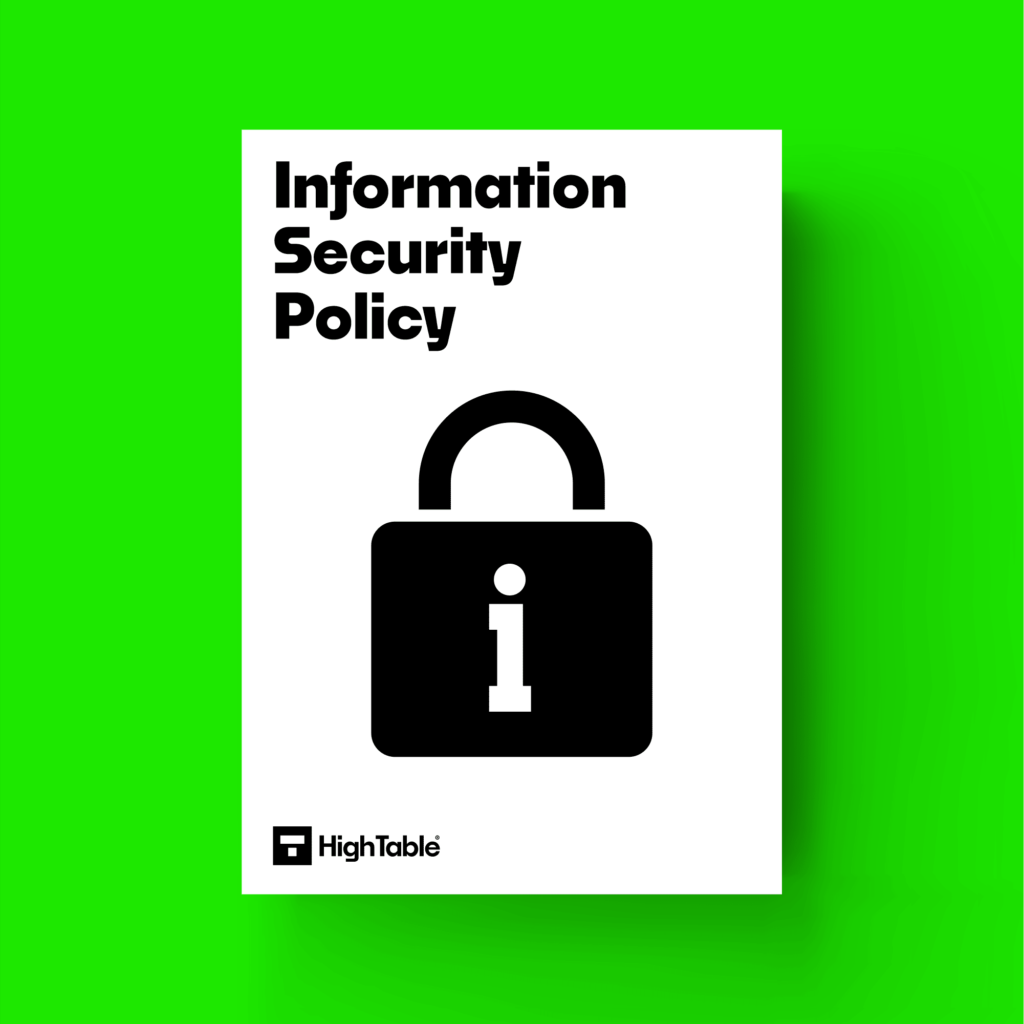
Information Security Policy
The high level information security policy sets the principles, management commitment, the framework of supporting policies, the information security objectives and roles and responsibilities and legal responsibilities.
Data Protection Policy
The purpose of the Data Protection Policy is the protection of data and appropriate legal requirements on the management of data such as the GDPR.
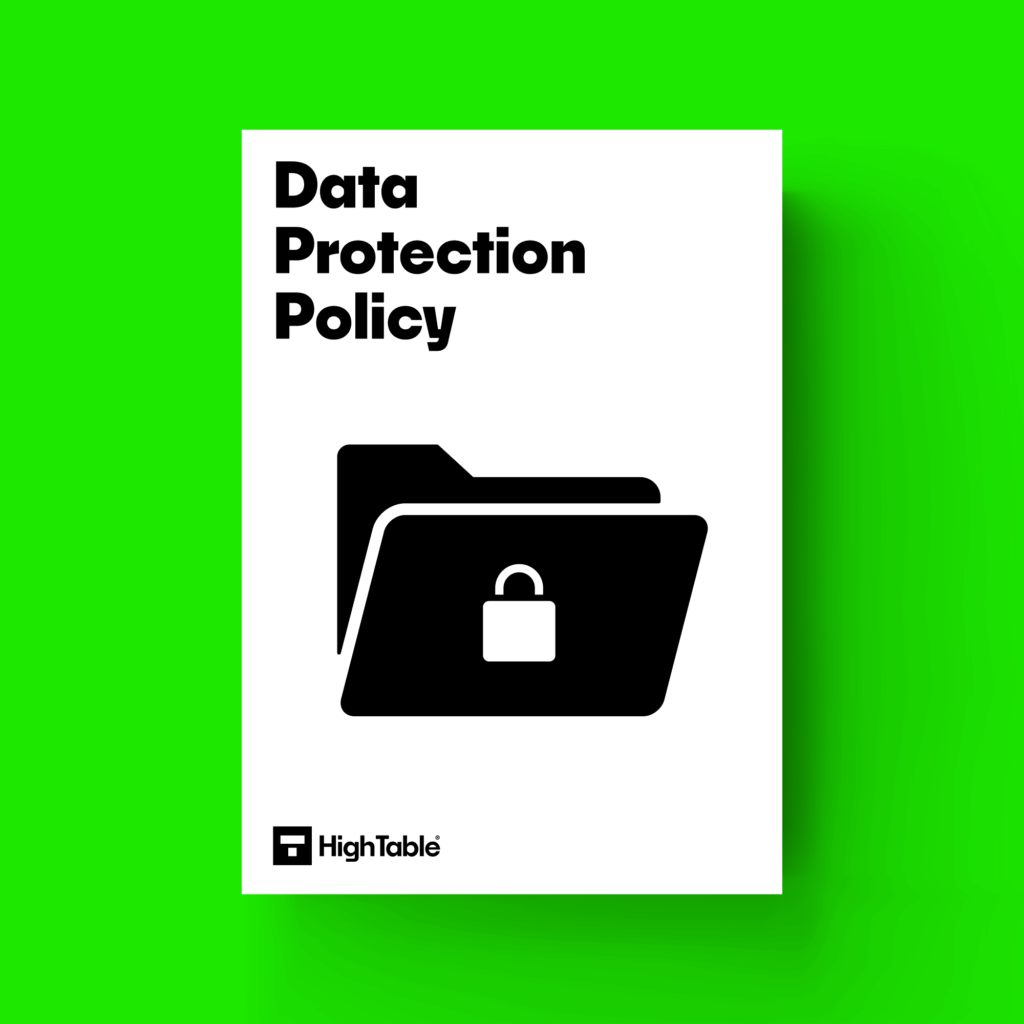

Data Retention Policy
The purpose of the Data Retention Policy is to set out the data retention periods for data held by the organisation.
Access Control Policy
The purpose of the access control policy is to ensure the correct access to the correct information and resources by the correct people. Authentication, role based access, access rights review, privilege accounts, passwords, user account provisioning, leavers, remote access, third party access, monitoring and reporting are all covered here.
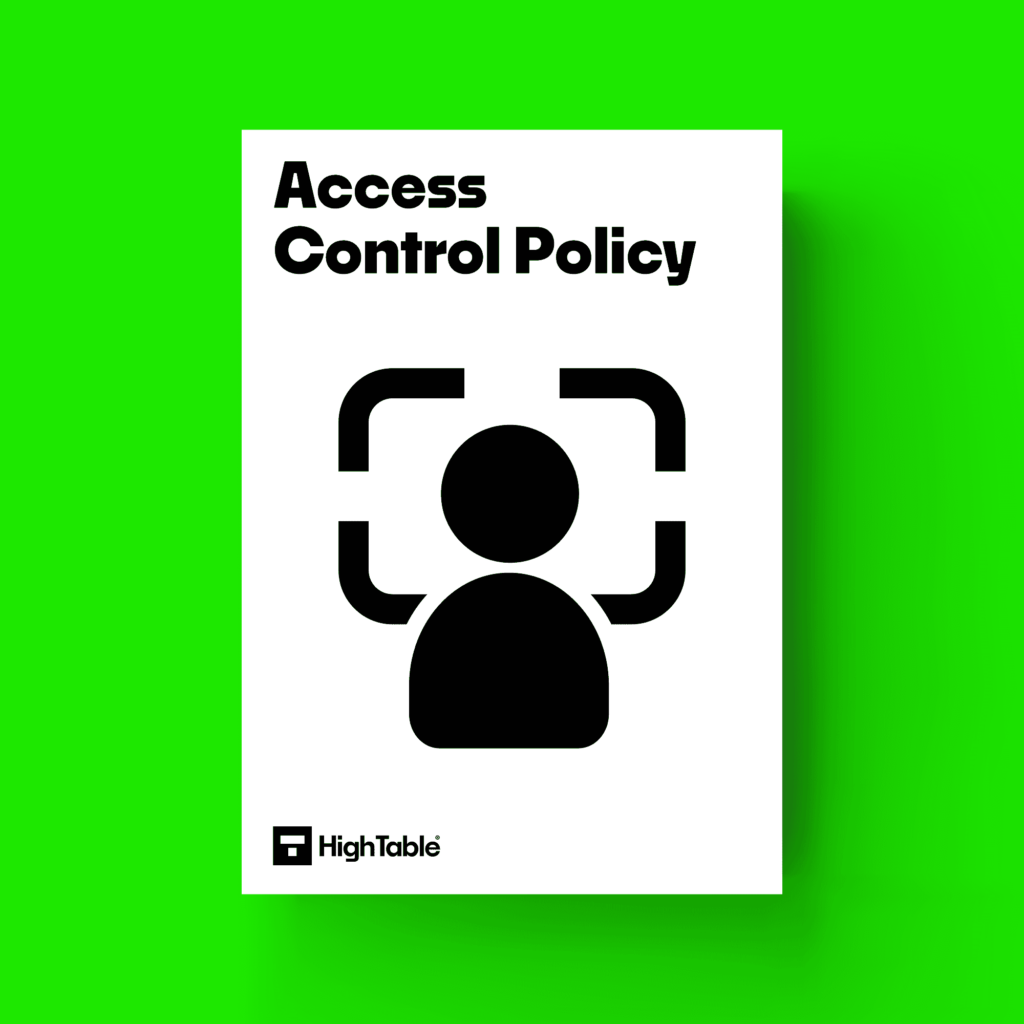
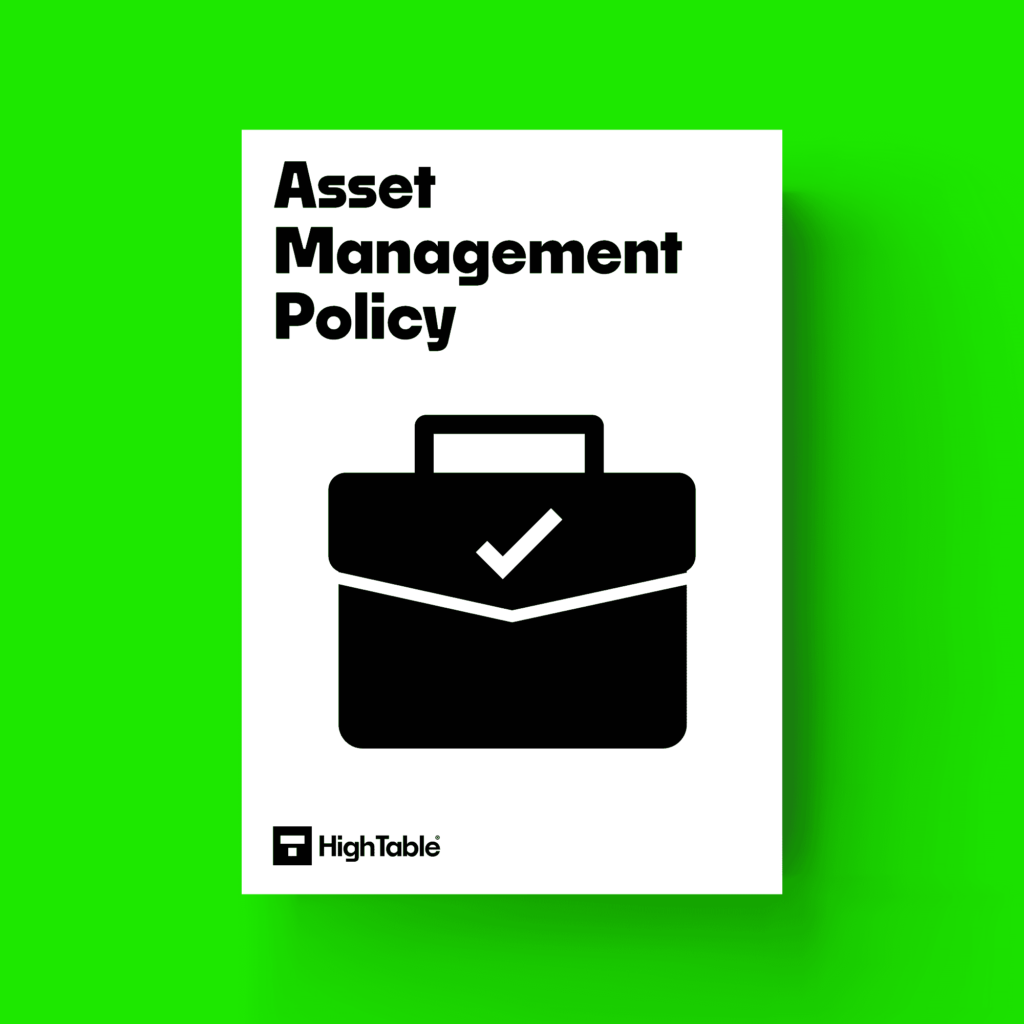
Asset Management Policy
The purpose of the asset management policy is the identification and management of assets. Inventory of assets, ownership of assets, return of assets are covered here.
Risk Management Policy
The purpose of the risk management policy is to set out the risk management policy for the company for information security. What is risk management, risk appetite, risk identification and assessment, risk register, risk reporting, risk review, risk treatment, risk evaluation are covered in this policy.
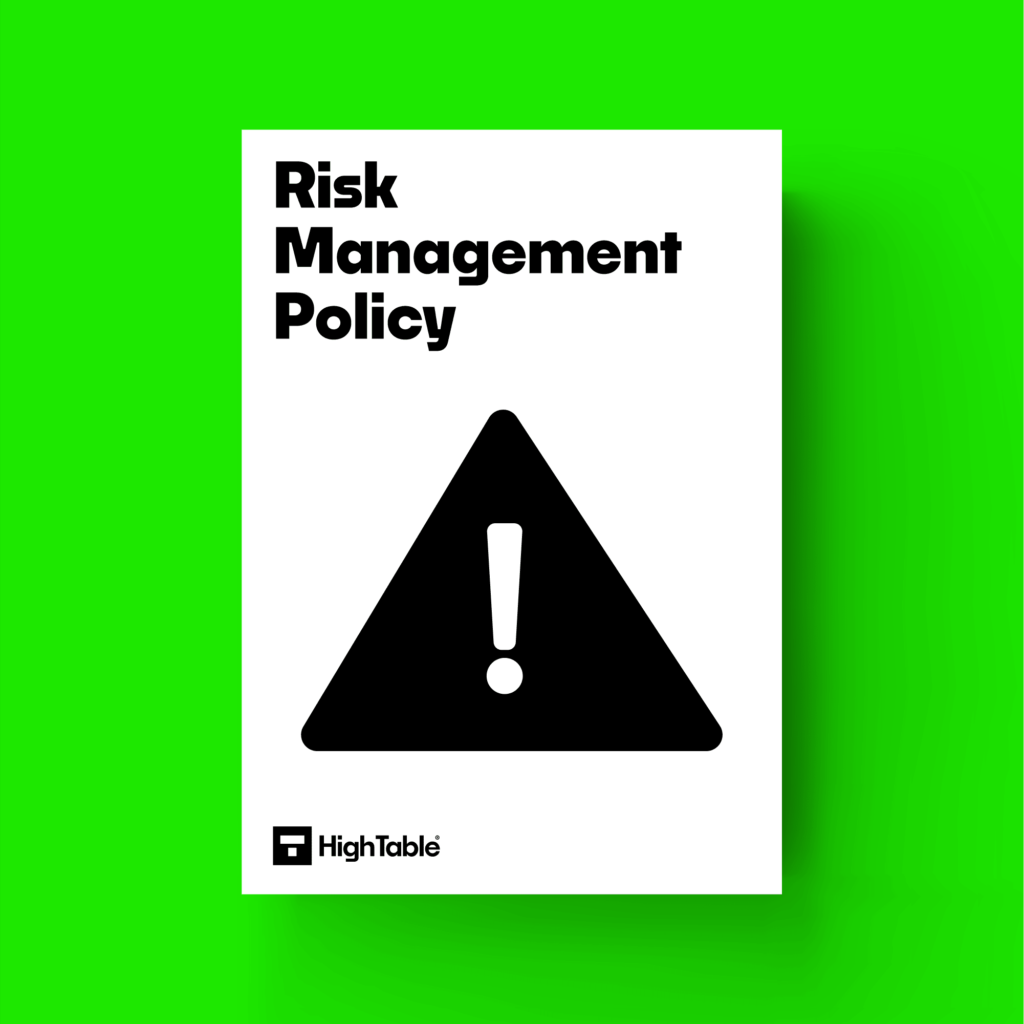

Information Classification and Handling Policy
The purpose of the information classification and handling policy is ensuring the correct classification and handling of information based on its classification. Information storage, backup, media, destruction and the information classifications are covered here. For each classification, information guidance is provided. GDPR considerations, Information Examples, Document Marking, Information Controls and Destruction are covered.
Information Security Awareness and Training Policy
The purpose of the Information Security Awareness and Training Policy is to ensure all employees of the organisation and, where relevant, contractors receive appropriate awareness education and training and regular updates in organisational policies and procedures, as relevant for their job function. New starters, in role employees, training plans, competency register and assessment and acceptance are covered in this policy.

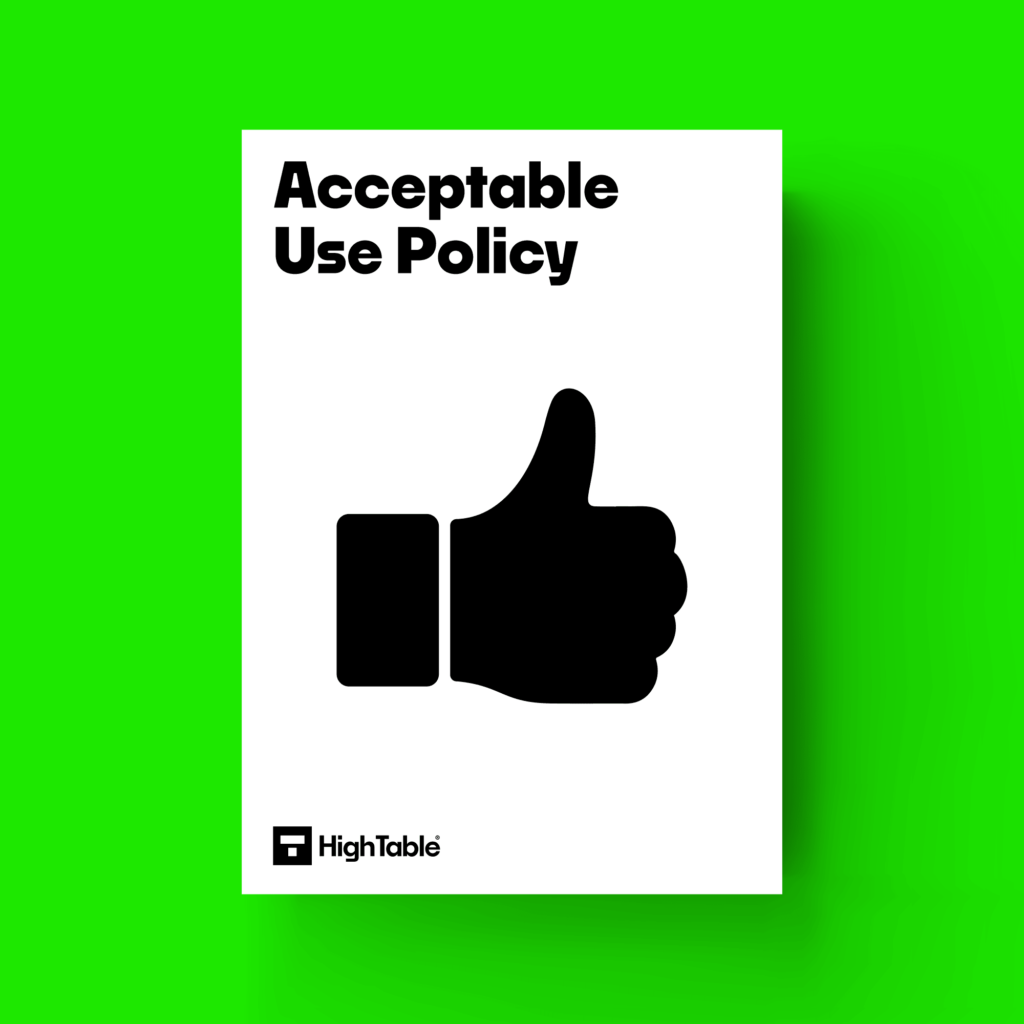
Acceptable Use Policy
The purpose of the Acceptable Use Policy is to make employees and external party users aware of the rules for the acceptable use of assets associated with information and information processing. Guiding principles, individually responsibility, intellectual property, use of personal equipment, internet and email usage, instant messaging, social media, working offsite and mobile storage devices as well as monitoring and filtering and reporting are covered in this policy.
Clear Desk and Clear Screen Policy
The purpose of the Clear Desk and Clear Screen Policy is to reduces the risks of unauthorized access, loss of and damage to information during and outside normal working hours. Principles, Confidential Information, Paper Records, Printers, Cash, Cheques, Bank Cards, Payment Devices, Media Disposal, Desk Cleaning are all covered in this policy.
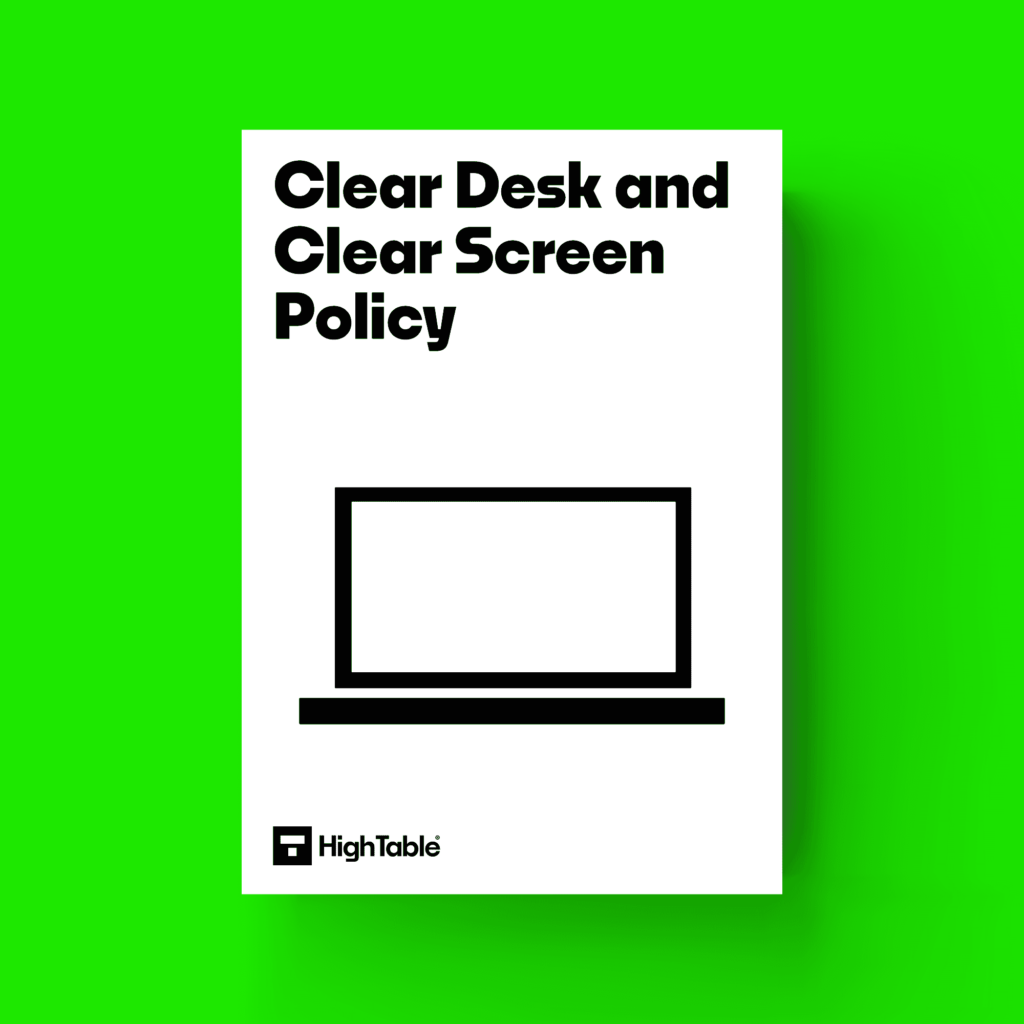
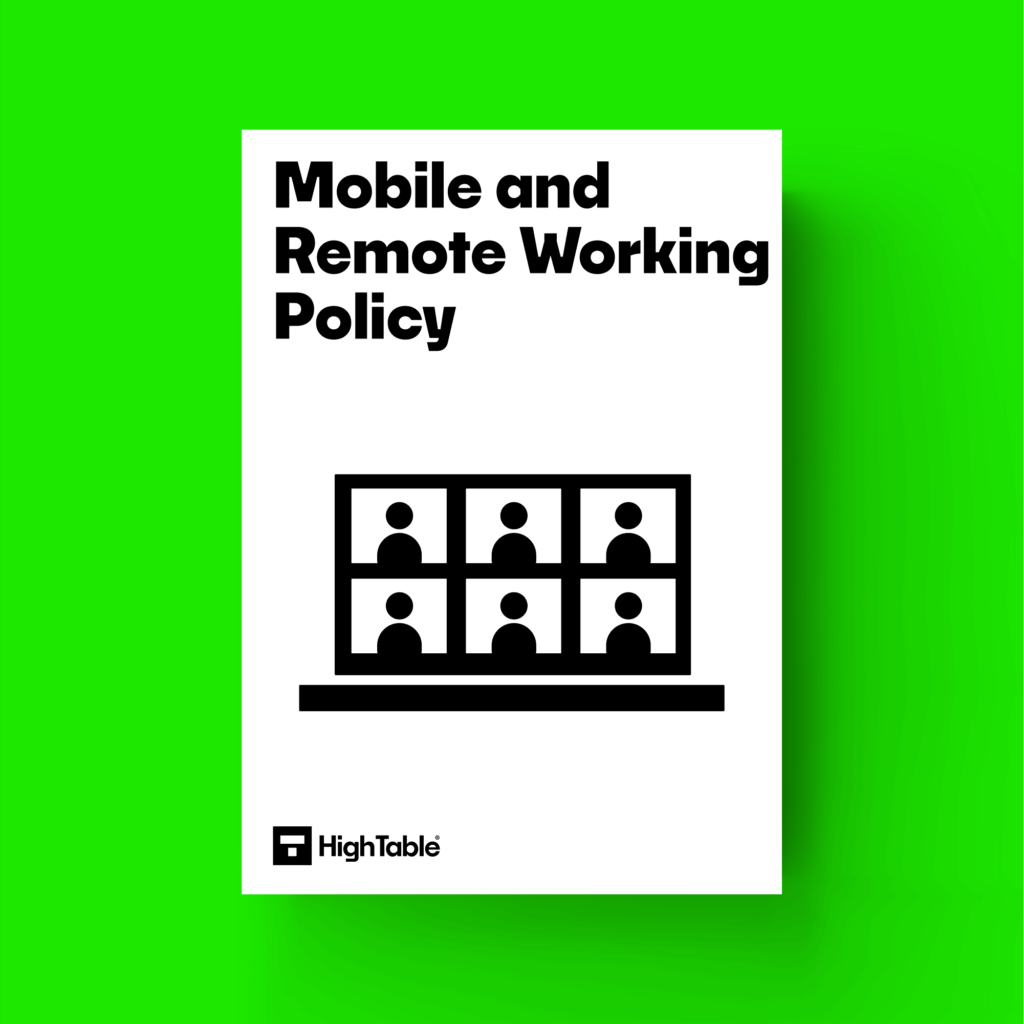
Remote Working Policy
The purpose of the remote working policy is to manage the risks introduced by using mobile devices and to protect information accessed, processed and stored at teleworking sites. Mobile device registration, assigned owner responsibilities, Mobile Firewalls, Remote Wipe and Back up are covered in this policy.
Business Continuity Policy
The purpose of the Business Continuity Policy is business continuity management and information security continuity. It addresses threats, risks and incidents that impact the continuity of operations. Business Impact Analysis, Business Continuity Plans, Recovery, Business Continuity Testing, Disaster Recover Plans, Incidents and Escalation are covered in this policy.
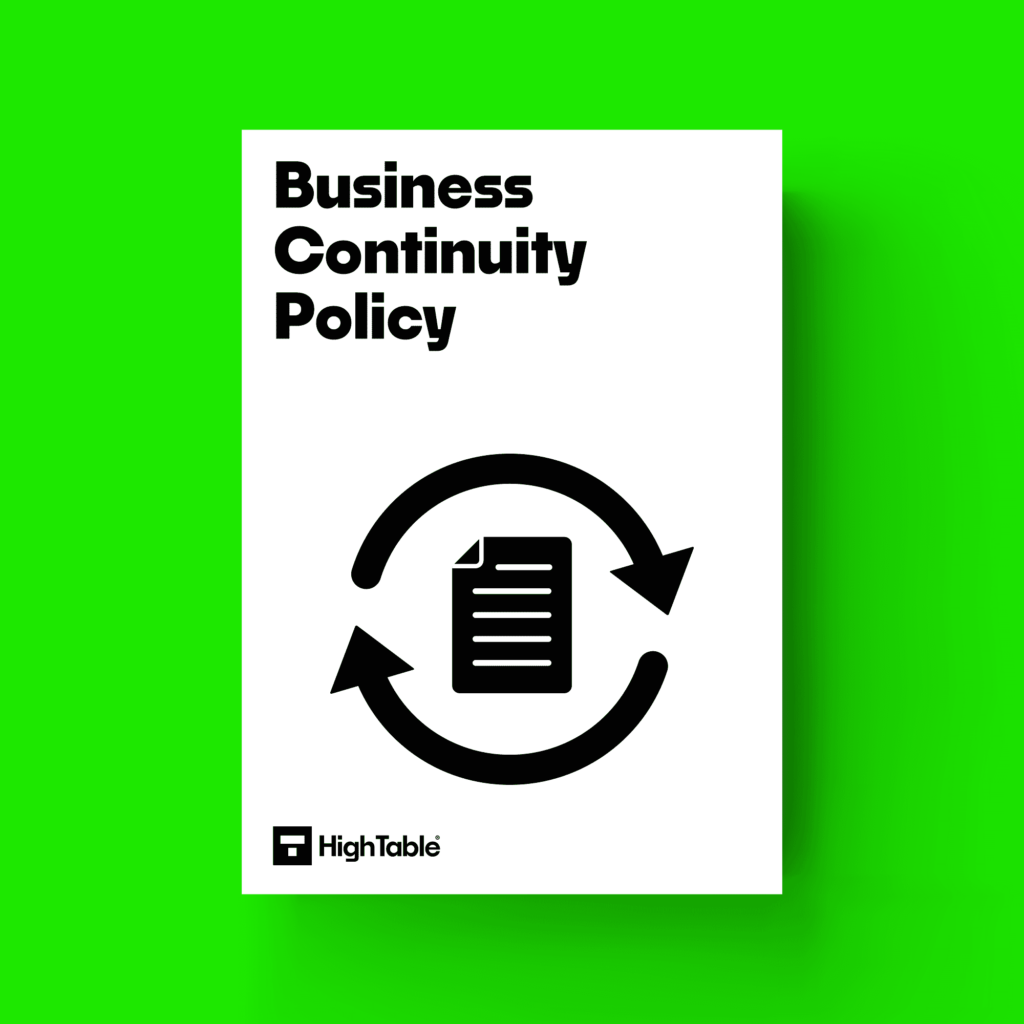
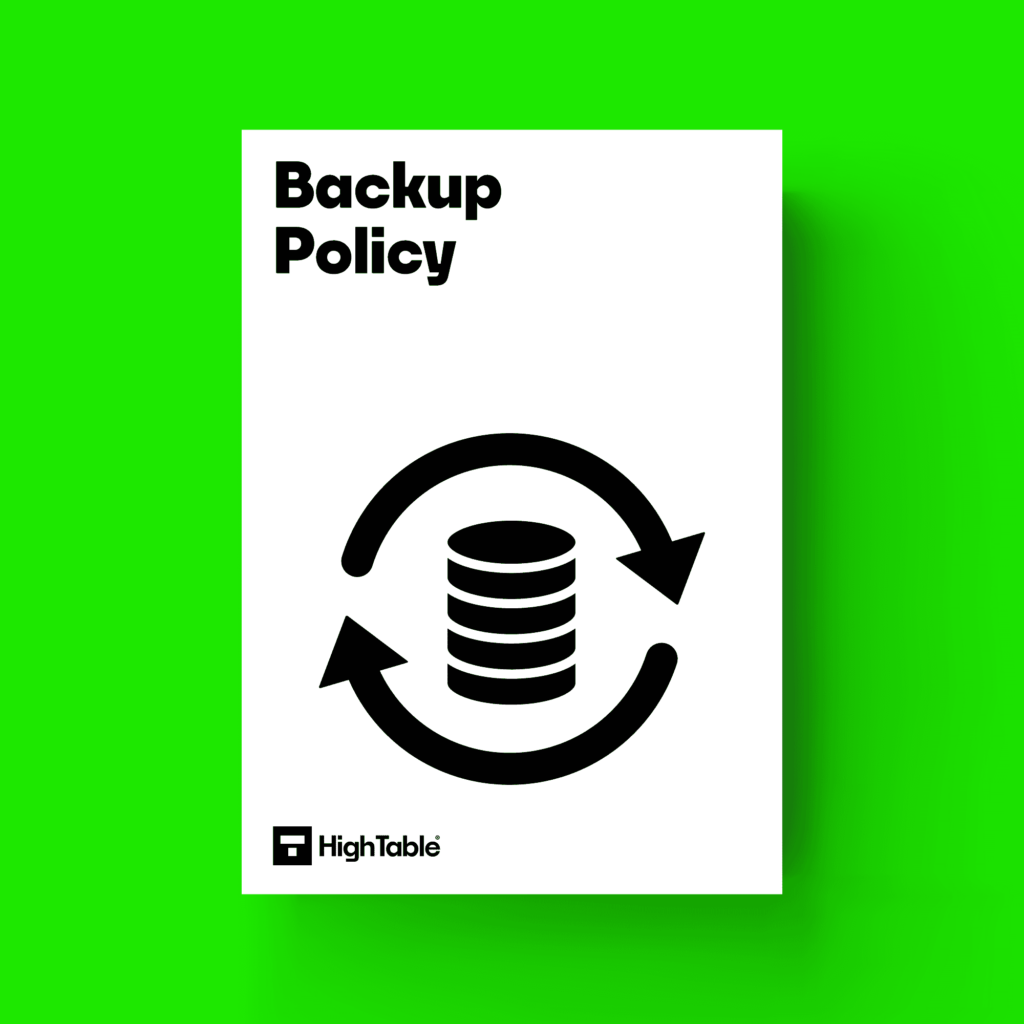
Backup Policy
The purpose of the Backup Policy is to protect against loss of data. Backup restoration procedures, backup security, backup schedule, backup testing and verification are covered in this policy.
Malware and Antivirus Policy
The Malware and Antivirus Policy is to manage and mitigate the risk of malware and viruses. Approved software usage, malware and anti virus software functionality, education, system configuration, email use, internet proxies, secure web gateways, file integrity checks, host intrusion detection, network intrusion detection are all covered in this policy.
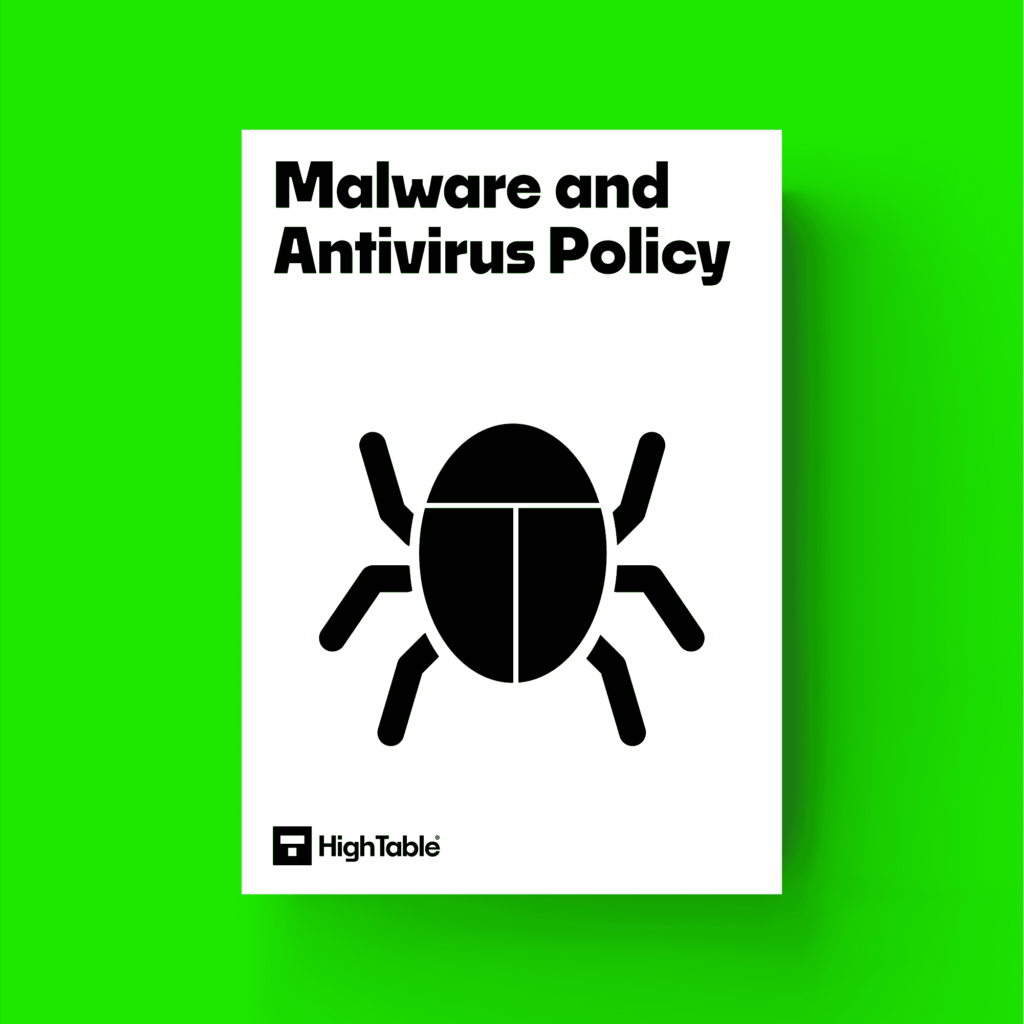
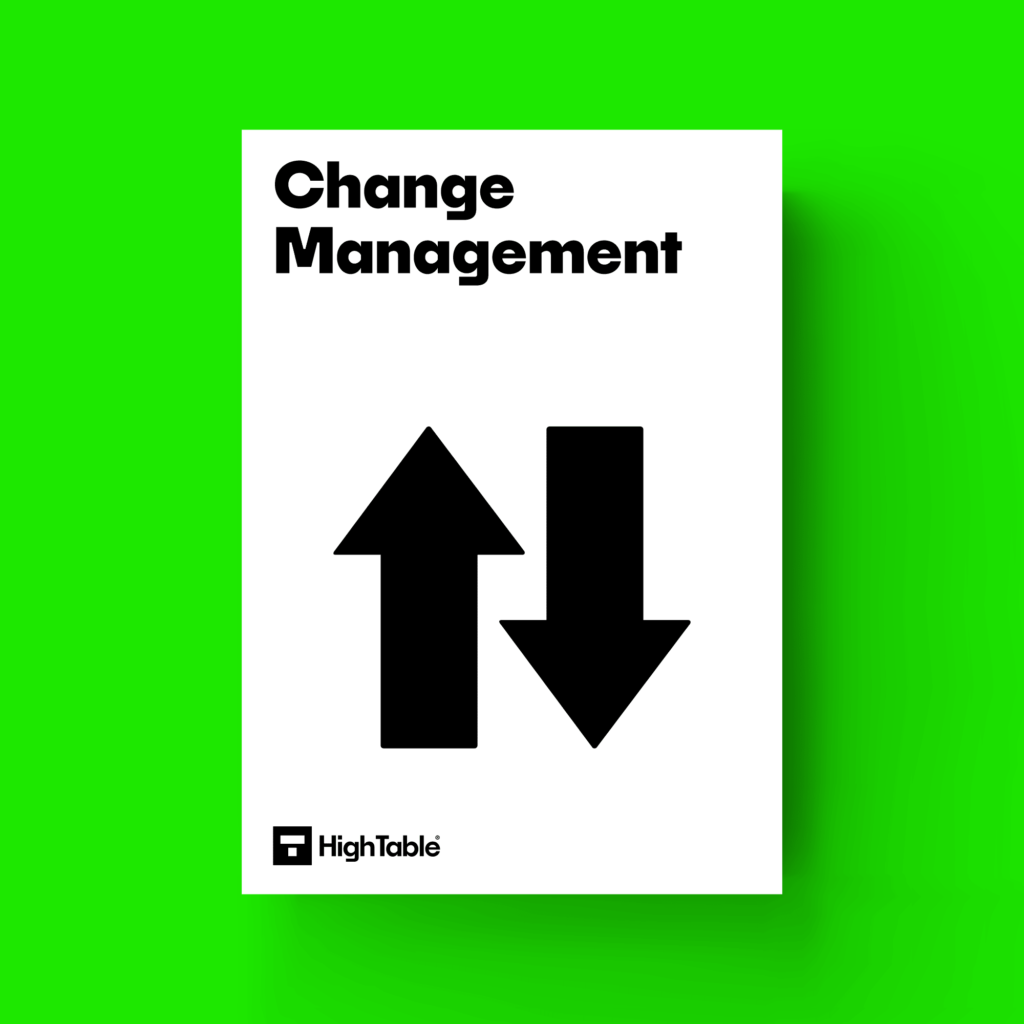
Change Management Policy
The purpose of Change Management Policy is to manage the risk posed by changes in the company. Requests for change, change approval, changer register, change prioritisation, change classification, change risk assessment, change impact assessment, testing, version control, roll back, communicating change, change freeze, emergency change, unauthorised change are all covered in this policy.
Third Party Supplier Security Policy
The purpose of Third Party Supplier Policy is to ensure the data security requirements of third-party suppliers and their sub-contractors and the supply chain. Third party supplier register, third party supplier audit and review, third party supplier selection, contracts, agreements, data processing agreements, third party security incident management, end of third party supplier contracts are all covered in this policy.
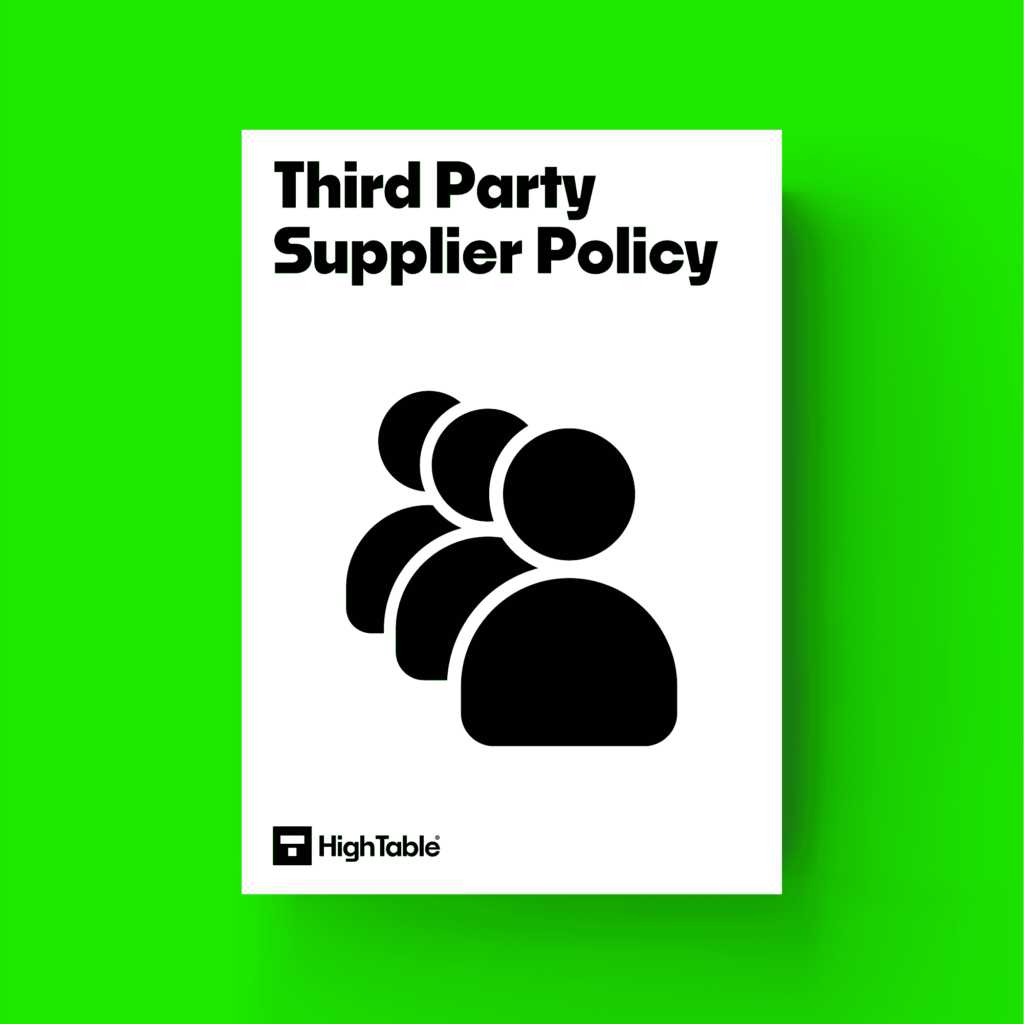

Continual Improvement Policy
The purpose of the Continual Improvement Policy is the continual improvement of the suitability, adequacy and effectiveness of the information security policy. Non conformities are covered in this policy.
Logging and Monitoring Policy
The purpose of the Logging and Monitoring Policy is to address the identification and management of risk the of system based security events by logging and monitoring systems and to record events and gather evidence. Event logging, event logging access control, protection of event log information, administrator logs, clock synchronisation, event log monitoring, event log retention are all covered in this policy.
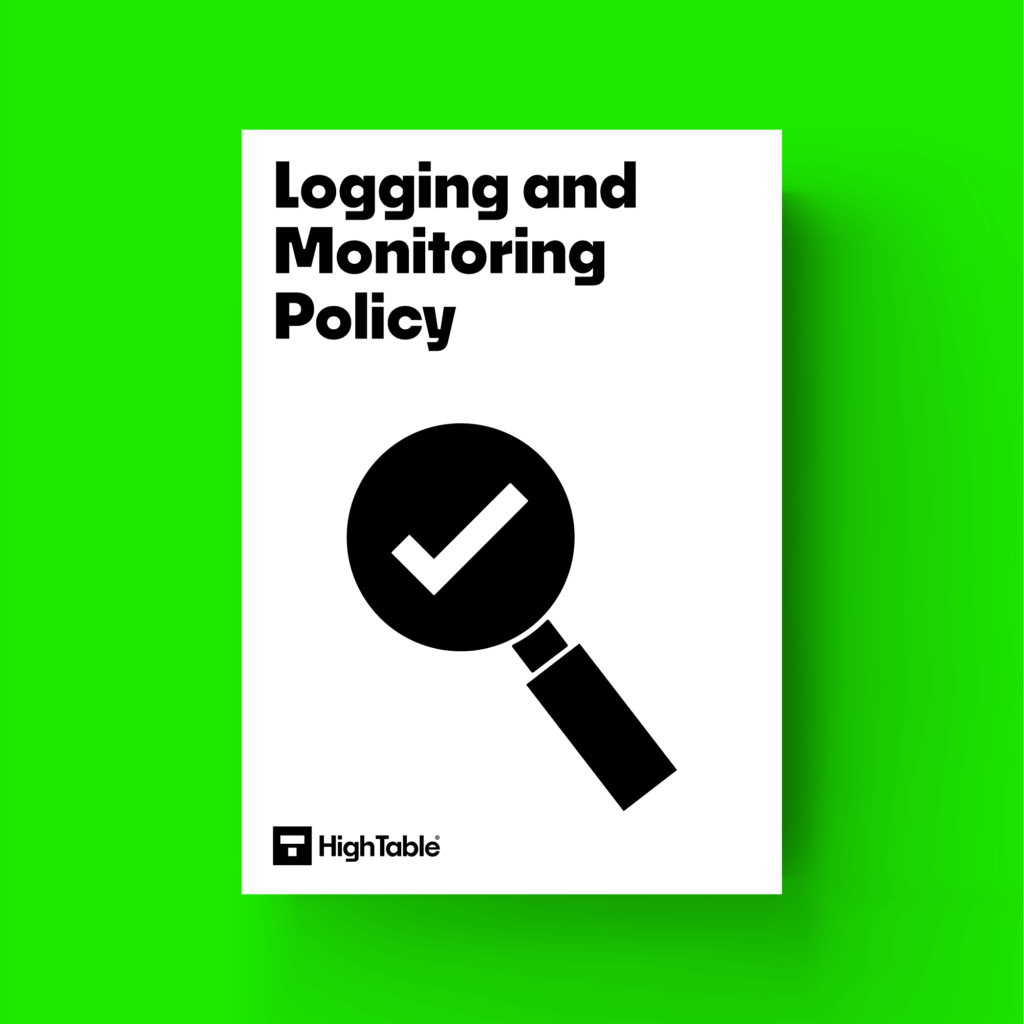

Network Security Management Policy
The purpose of the Network Security Management Policy is to ensure the protection of information in networks and its supporting information processing facilities. Network controls, security of network services, segregation in networks, access to networks and network services, network locations, physical network devices are covered in this policy.
Information Transfer Policy
The purpose of the Information Transfer Policy is ensuring that correct treatment when transferring information internally and externally to the company and to protect the transfer of information through the use of all types of communication facilities. Information virus checking, information encryption, data transfer methods, lost of missing information are covered in this policy.

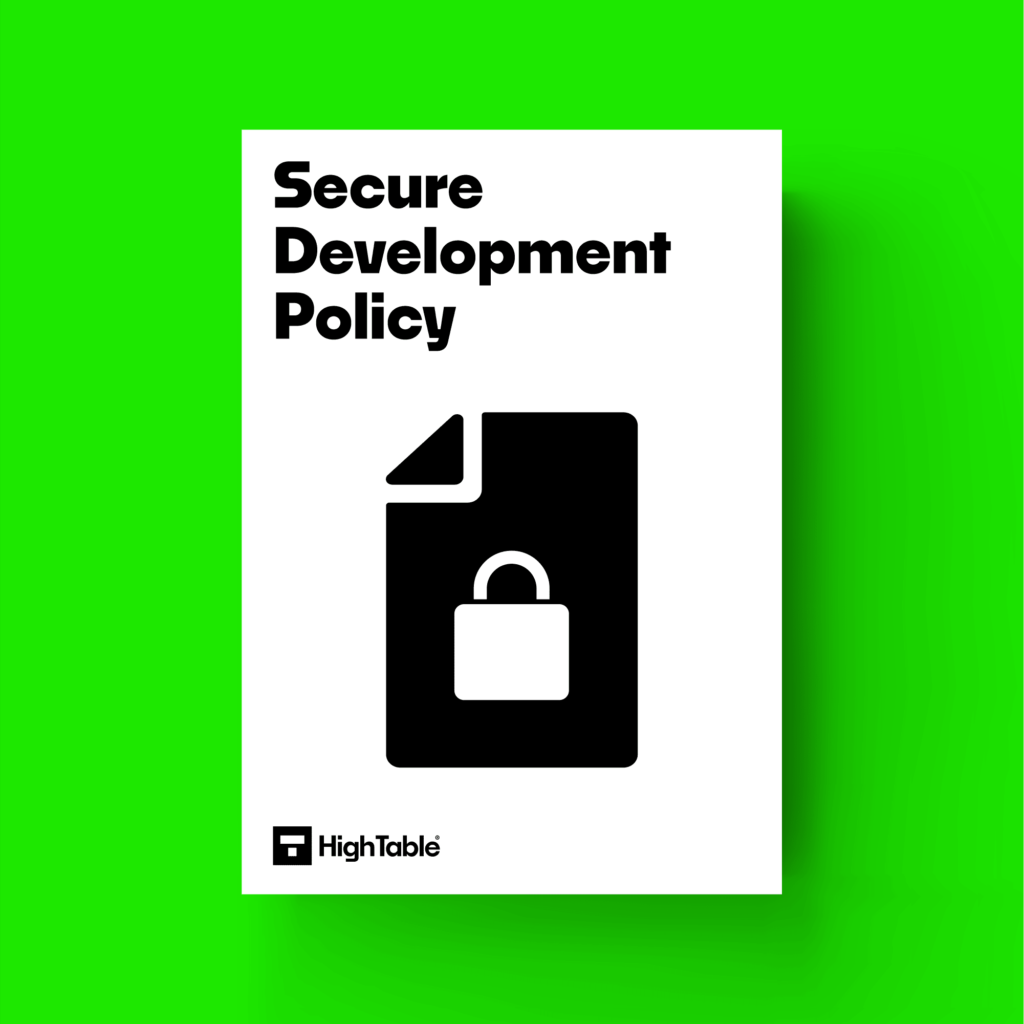
Secure Development Policy
The purpose of the Secure Development Policy is to ensure information security is designed and implemented within the development lifecycle. Segregation of Environments, Secure Coding Guidelines, Development code repositories, development code reviews, development code approval, testing, test data, promoting code to production are all covered in this policy.
Physical and Environmental Security Policy
The purpose of the Physical and Environmental Security Policy is to prevent unauthorized physical access, damage and interference to the organization’s information and information processing facilities. Physical security perimeter, secure areas, employee access, visitor access, delivery and loading areas, network access control, cabling security, equipment siting and protection are all covered in this policy.


Cryptographic Key Management Policy
The purpose of the Cryptographic Key Management Policy is to ensure the proper lifecycle management of encryption keys to protect the confidentiality and integrity of confidential information. Key generation, distribution, storage, escrow and backup, accountability and audit, key compromise and recovery, trust store and libraries are covered in this policy.
Cryptographic Control and Encryption Policy
The purpose of this Cryptographic Control and Encryption Policy is to ensure the proper and effective use of encryption to protect the confidentiality and integrity of confidential information. Encryption algorithm requirements, mobile laptop and removable media encryption, email encryption, web and cloud services encryption, wireless encryption, card holder data encryption, backup encryption, database encryption, data in motion encryption, Bluetooth encryption are all covered in this policy.
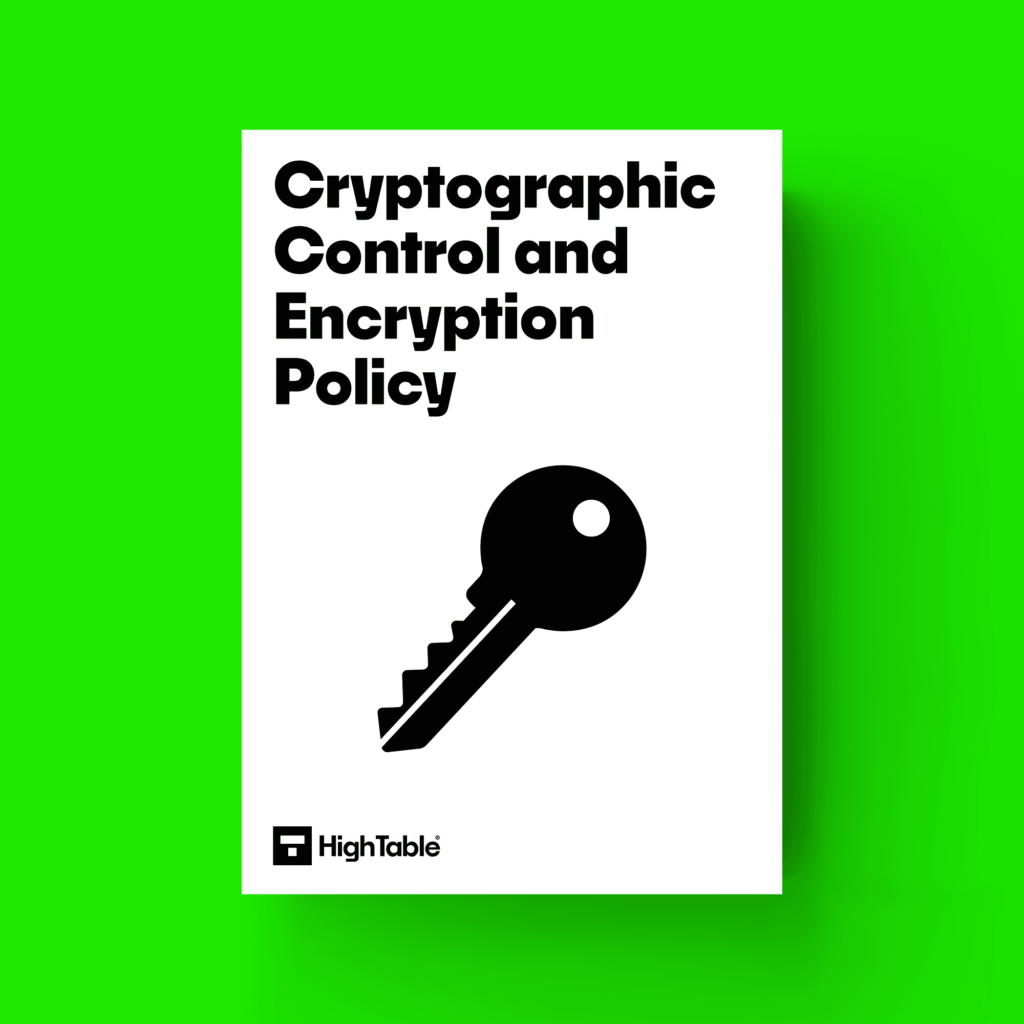
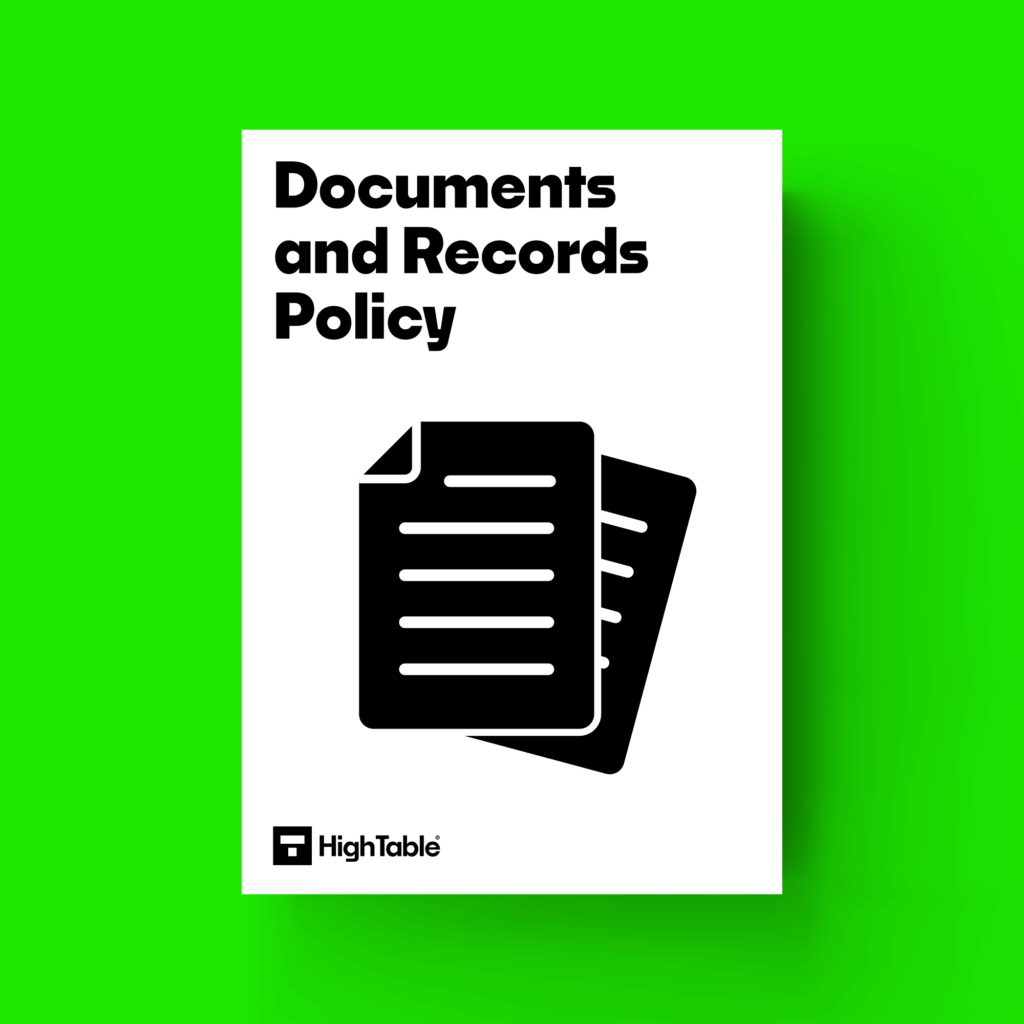
Document and Record Policy
The purpose of this Document and Record Policy is the control of documents and records in the information security management system. Creating, updating, availability of, storage of, version control, approval, example records, preservation of legibility, obsolete documents and records, documents from outside the organisation, document classification are all covered in this policy.
ISO/IEC 27001:2022 Requirements
When writing Information Security policies we write them so they meet the requirements of ISO 27001 Clause 5.2 Policy. Specifically we have to address:
| ISO 27001 Clause | Policy Requirement |
|---|---|
| ISO 27001 Clause 5.2 a | is appropriate to the purpose of the organisation |
| ISO 27001 Clause 5.2 b | includes information security objectives or provides the framework for setting information security objectives |
| ISO 27001 Clause 5.2 c | includes a commitment to satisfy applicable requirements related to information security |
| ISO 27001 Clause 5.2 d | includes a commitment to continual improvement of the information security management system |
| ISO 27001 Clause 5.2 e | be available as documented information |
| ISO 27001 Clause 5.2 f | be communicated within the organisation |
| ISO 27001 Clause 5.2 g | be available to interested parties, as appropriate |
ISO/IEC 27001:2022 Annex A Requirements
The following are the ISO 27001 Annex A controls that relate to the information security policy and topic specific policies.
| ISO 27001 Annex A Control | Policy Requirement |
|---|---|
| ISO 27001 Annex A 5.1 Policies for information security | Information security policy and topic-specific policies should be defined, approved by management, published, communicated to and acknowledged by relevant personnel and relevant interested parties, and reviewed at planned intervals and if significant changes occur. Examples of such topics include: access control; physical and environmental security; asset management; information transfer; secure configuration an information security incident management; network security incident management backup; cryptography and key management; information classification and handling; management of technical vulnerabilities; secure development |
| ISO 27001 Annex A 5.2 Information security roles and responsibilities | Allocation of information security roles and responsibilities should be done in accordance with the information security policy and topic specific policies. |
| ISO 27001 Annex A 5.4 Management responsibilities | Management should require all personnel to apply information security in accordance with the |
| ISO 27001 Annex A 5.8 Information security in project management | Information security requirements for products or services to be delivered by the project should be determined using various methods, including deriving compliance requirements from information security policy, topic-specific policies and regulations. |
| ISO 27001 Annex A 5.10 Acceptable use of information and other associated assets | The organisation should establish a topic-specific policy on the acceptable use of information and other associated assets and communicate it to anyone who uses or handles information and other associated assets. |
| ISO 27001 Annex A 5.12 Classification of information | The organisation should establish a topic-specific policy on information classification and communicate it to all relevant parties. |
| ISO 27001 Annex A 5.14 Information transfer | The organisation should establish and communicate a topic-specific policy on information transfer to all relevant interested parties. |
| ISO 27001 Annex A 5.15 Access control | Owners of information and other associated assets should determine information security and business requirements related to access control. A topic-specific policy on access control should be defined which takes account of these requirements and should be communicated to all relevant interested parties. |
| ISO 27001 Annex A 5.19 Information security in supplier relationships | The organisation should establish and communicate a topic-specific policy on supplier relationships to all relevant interested parties. |
| ISO 27001 Annex A 5.23 Information security for use of cloud services | The organisation should establish and communicate topic-specific policy on the use of cloud services to all relevant interested parties. |
| ISO 27001 Annex A 5.32 Intellectual property rights | The following guidelines should be considered to protect any material that can be considered intellectual property: a) defining and communicating a topic-specific policy on protection of intellectual property rights; |
| ISO 27001 Annex A 5.33 Protection of records | Issue guidelines on the storage, handling chain of custody and disposal of records, which includes prevention of manipulation of records. These guidelines should be aligned with the organisation’s topic-specific policy on records management and other records requirements. |
| ISO 27001 Annex A 5.34 Privacy and protection of PII | The organisation should establish and communicate a topic-specific policy on privacy and protection of PII to all relevant interested parties. |
| ISO 27001 Annex A 5.35 Independent review of information security | Management should plan and initiate periodic independent reviews. The reviews should include assessing opportunities for improvement and the need for changes to the approach to information security, including the information security policy, topic-specific policies and other controls. |
| ISO 27001 Annex A 5.36 Compliance with policies, rules and standards for information security | Compliance with the organisation’s information security policy, topic-specific policies, rules and standards should be regularly reviewed. |
| ISO 27001 Annex A 6.2 Terms and conditions of employment | The contractual obligations for personnel should take into consideration the organisation’s information security policy and relevant topic-specific policies. |
| ISO 27001 Annex A 6.3 Information security awareness, education and training | Personnel of the organisation and relevant interested parties should receive appropriate information security awareness, education and training and regular updates of the organisation’s information security policy, topic-specific policies and procedures, as relevant for their job function. |
| ISO 27001 Annex A 6.4 Disciplinary process | A disciplinary process should be formalised and communicated to take actions against personnel and other relevant interested parties who have committed an information security policy violation. |
| ISO 27001 Annex A 6.7 Remote working | Organisations allowing remote working activities should issue a topic-specific policy on remote working that defines the relevant conditions and restrictions. |
| ISO 27001 Annex A 6.8 Information security event reporting | The organisation should provide a mechanism for personnel to report observed or suspected information security events through appropriate channels in a timely manner including non-compliance with the information security policy, topic-specific policies or applicable standards. |
| ISO 27001 Annex A 7.7 Clear desk and clear screen | The organisation should establish and communicate a topic-specific policy on clear desk and clear screen to all relevant interested parties. |
| ISO 27001 Annex A 7.10 Storage media | Establish a topic-specific policy on the management of removable storage media and communicating such topic- specific policy to anyone who uses or handles removable storage media; |
| ISO 27001 Annex A 8.1 User endpoint devices | The organisation should establish a topic-specific policy on secure configuration and handling of user endpoint devices. The topic-specific policy should be communicated to all relevant personnel. |
| ISO 27001 Annex A 8.3 Information access restriction | Access to information and other associated assets should be restricted in accordance with the established topic-specific policy on access control. |
| ISO 27001 Annex A 8.5 Secure authentication | Secure authentication technologies and procedures should be implemented based on information access restrictions and the topic-specific policy on access control. |
| ISO 27001 Annex A 8.8 Management of technical vulnerabilities | The organisation should provide a public point of contact as part of a topic-specific policy on vulnerability disclosure so that researchers and others are able to report issues. |
| ISO 27001 Annex A 8.9 Configuration management | Support the organisation’s information security policy, topic-specific policies, standards and other security requirements. |
| ISO 27001 Annex A 8.10 Information deletion | In accordance with the organisation’s topic-specific policy on data retention and taking into consideration relevant legislation and regulations, sensitive information should be deleted when no longer required. |
| ISO 27001 Annex A 8.11 Data masking | Data masking should be used in accordance with the organisation’s topic-specific policy on access control and other related topic-specific policies. |
| ISO 27001 Annex A 8.13 Information backup | Backup copies of information, software and systems should be maintained and regularly tested in accordance with the agreed topic-specific policy on backup. |
| ISO 27001 Annex A 8.15 Logging | The perimeter of each domain should be well-defined. If access between network domains is allowed, it should be controlled at the perimeter using a gateway (e.g. firewall, filtering router). The criteria for segregation of networks into domains, and the access allowed through the gateways, should be based on an assessment of the security requirements of each domain. The assessment should be in accordance with the topic-specific policy on access control (see 5.15), access requirements, value and classification of information processed. |
| ISO 27001 Annex A 8.24 Use of cryptography | When using cryptography, the following should be considered: the topic-specific policy on cryptography defined by the organisation, including the general principles for the protection of information. |
ISO 27001 Policy Checklist
We have a complete set of ISO 27001 Policies that we have crafted over 2 decades and the crucible of hundreds of audits. Based on your business you will need all or a combination of the following policies. Let us take an overview of the policies that make up the policy pack.
The following policies are required for ISO 27001 with links to the policy templates:
- Data Protection Policy
- Data Retention Policy
- Information Security Policy
- Access Control Policy
- Asset Management Policy
- Risk Management Policy
- Information Classification and Handling Policy
- Information Security Awareness and Training Policy
- Acceptable Use Policy
- Clear Desk and Clear Screen Policy
- Mobile and Teleworking Policy
- Business Continuity Policy
- Backup Policy
- Malware and Antivirus Policy
- Change Management Policy
- Third Party Supplier Security Policy
- Continual Improvement Policy
- Logging and Monitoring Policy
- Network Security Management Policy
- Information Transfer Policy
- Secure Development Policy
- Physical and Environmental Security Policy
- Cryptographic Key Management Policy
- Cryptographic Control and Encryption Policy
- Document and Record Policy
ISO 27001 Policy FAQ
The following policies are required for ISO 27001:
Data protection Policy
Data Retention Policy
Information Security Policy
Access Control Policy
Asset Management Policy
Risk Management Policy
Information Classification and Handling Policy
Information Security Awareness and Training Policy
Acceptable Use Policy
Clear Desk and Clear Screen Policy
Mobile and Teleworking Policy
Business Continuity Policy
Backup Policy
Malware and Antivirus Policy
Change Management Policy
Third Party Supplier Security Policy
Continual Improvement Policy
Logging and Monitoring Policy
Network Security Management Policy
Information Transfer Policy
Secure Development Policy
Physical and Environmental Security Policy
Cryptographic Key Management Policy
Cryptographic Control and Encryption Policy
Document and Record Policy
The main policy for the ISO 27001 ISMS is the Information Security Policy.
See What policies are required for ISO 27001? for the full list.
The main policy for the ISO 27001 ISMS is the Information Security Policy.
See What policies are required for ISO 27001? for the full list.
All of the ISO 27001 policy templates you require are located at the ISO 27001 store.
The ISO 27001 information security policy PDF is located on the ISO 27001 store.
Your ISO 27001 policies should be updated, reviewed and approved at least annually.
The ISO 27001 policies are approved by senior management. Approval maybe delegated to a Management Review Team.
An examples of and ISO 27001 policy can be found on the ISO 27001 store. The store includes templates and examples of all of the ISO 27001 policies that you require.
The UK accreditation body for ISO 27001 certification is UKAS.
Yes. The ISO 27001 policies can be bought individually to meet a specific need in the ISO 27001 store.
Yes. The ISO 27001 policies can be bought as a bundle at a significant discount saving time and money in the ISO 27001 policy template bundle.
Assuming you are starting from scratch then on average each policy will take 4 hours to write. This includes the time to research what is required as well as write, format and quality assure your policy.
ISO 27001 Policies Training Video
In this training video I give you an easy to follow, step-by-step guide to implementing policies for information security.
Search for an ISO 27001 Policy
Looking for something specific? Search for a specific ISO 27001 policy.

